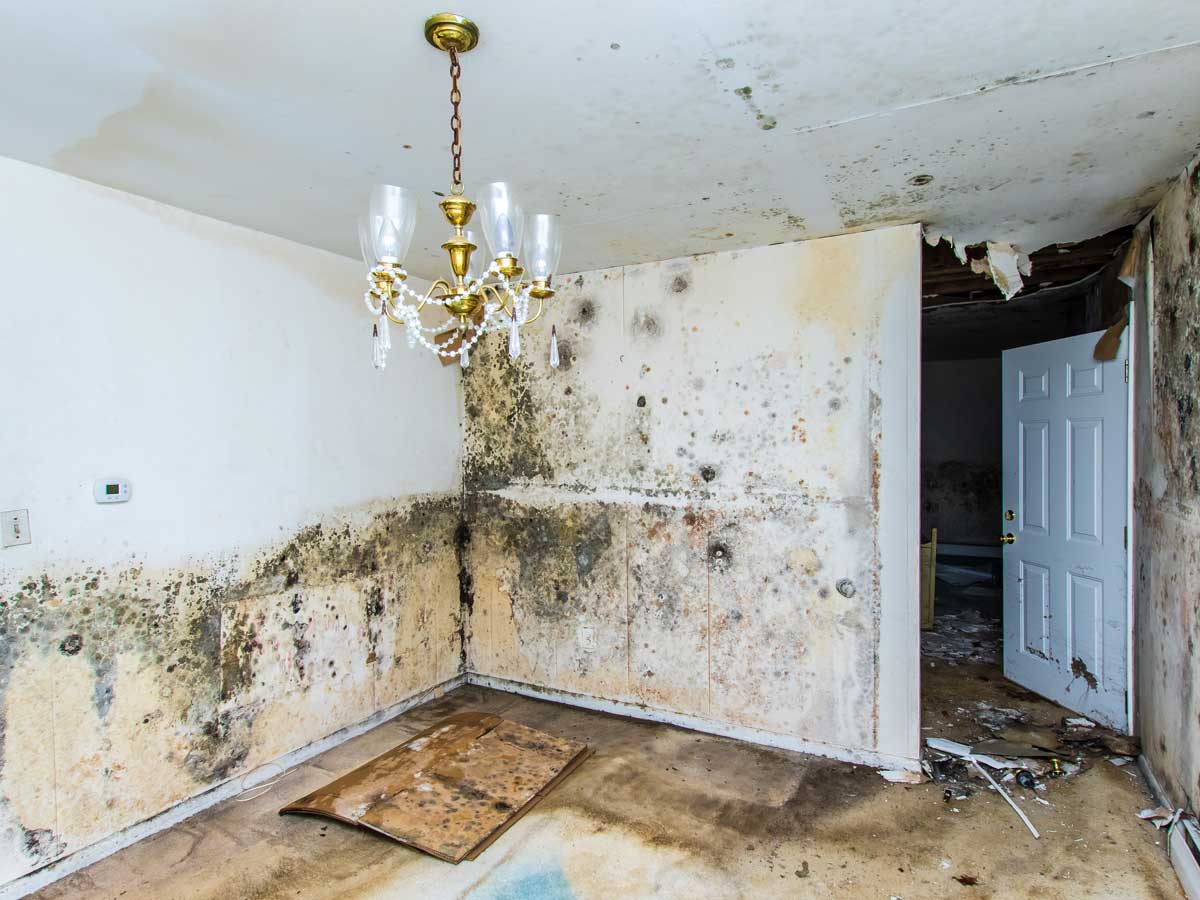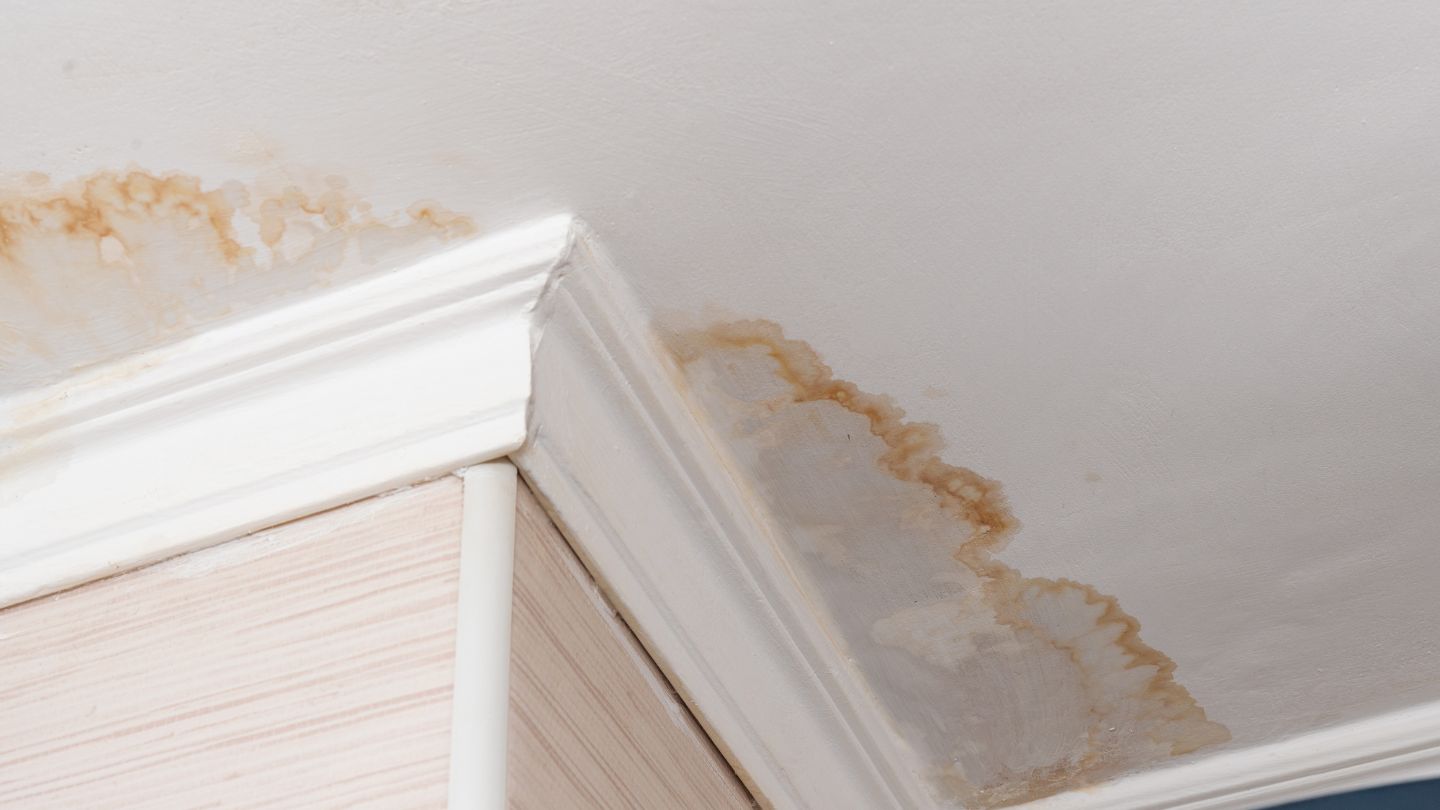Quick Response Emergency Water Leak Repair for Residential and Commercial Needs
Wiki Article
The Refine of Water Damages Cleanup: Guaranteeing Your Home Is Recovered Properly
Water damages can be a challenging obstacle for house owners, necessitating a organized and meticulous clean-up process to recover safety and capability. A detailed assessment is vital to recognize the degree of the damage and determine the suitable remediation steps. Following this, efficient water extraction techniques play a crucial function in mitigating additional injury. However, the subtleties of drying, sanitizing, and eventual repair are similarly crucial and often neglected. Understanding these phases can make a significant difference in the end result of your home's reconstruction, prompting a closer appearance at what each step entails.Examining the Damage
Upon discovering water damages, the very first step is to thoroughly evaluate the degree of the influence. This initial analysis is important, as it assists identify the required actions for effective cleaning and remediation. Begin by checking the influenced locations, consisting of walls, ceilings, floors, and personal valuables, to determine the resource of the water invasion, whether from flooding, leaks, or condensation.Documenting the damage is important for both insurance coverage claims and intending restoration efforts - damage restoration services. Usage photos and written notes to capture the extent of the damage, noting any kind of afflicted architectural components and materials. Pay special interest to areas that might not be instantly visible, such as behind walls and under rugs, as hidden dampness can cause further complications, including mold growth
In addition, examine the timeline of the water direct exposure. Inevitably, an extensive assessment lays the foundation for a successful water damage clean-up procedure, making sure that all affected locations are addressed successfully and completely.
Water Removal Strategies

Specialists typically utilize completely submersible pumps for bigger quantities of water, which can swiftly ease flooding in basements or various other impacted areas. For smaller sized quantities, wet/dry vacuum cleaners are often utilized to remove residual moisture from rugs and hard surfaces. In addition, utilizing mobile extractors allows for targeted removal in constrained spaces or areas with delicate products.
In circumstances of polluted water, such as sewage or floodwater, progressed extraction techniques may include using biohazard tools to guarantee safety and conformity with health guidelines. High-powered extraction tools are crucial in decreasing water retention in architectural products, which can cause mold growth and structural wear and tear if not resolved immediately.
Ultimately, the performance of water extraction methods plays a critical duty in the overall success of the water damages clean-up procedure, preparing for subsequent reconstruction efforts.
Drying and Dehumidification
When standing water has been properly removed, the following vital stage in the water damage cleaning procedure is drying and dehumidification. This step is important to stop more damage and mold development, which can occur within 24 to two days in wet environments.To accomplish effective drying out, customized tools such as industrial-grade air movers and dehumidifiers is employed. Air moving companies distribute air across damp surface areas, boosting dissipation prices, while dehumidifiers lower humidity degrees airborne, advertising a conducive environment for drying. The combination of these devices ensures that wetness is attracted out from floorings, walls, and home furnishings, allowing them to dry extensively.
It is very important to keep track of the drying process carefully. Professionals often use wetness meters to assess the moisture content in different products, making certain that all affected locations reach acceptable dryness degrees. This careful strategy helps to avoid hidden dampness pockets that could cause structural damage or harmful mold and mildew development.

Cleansing and Disinfecting
After the drying out and dehumidification phase is complete, the following essential action in water damage cleanup is cleaning and sanitizing the affected areas. This process is essential to stop the development of mold and mildew, microorganisms, and various other microorganisms that flourish in damp environments.The cleansing phase usually entails removing any debris, dust, and contaminants from surface areas making use of specialized cleaning up agents. For tough surface areas, a mix of soap and water or business cleansing products is frequently employed. Soft materials, such as upholstery and rugs, may call for much more extensive cleansing methods, including steam cleaning or deep removal methods, to guarantee complete cleanliness.

Sterilizing complies with cleaning, making use of EPA-approved anti-bacterials to get rid of dangerous microbes. This step is essential, especially in locations that might have entered contact with floodwaters or sewage, as these resources can position significant wellness threats.
In addition, it is very important to resolve any staying odors, which may need the use of smell neutralizers or advanced strategies like ozone treatment. Proper cleansing and sterilizing not only bring back the security and hygiene of your home but also prepared for successful restoration and repairs in subsequent stages of the water damages cleanup process.
Repair and Repair Work

Once the assessment is full, repair initiatives can begin. This usually involves fixing or changing damaged materials, making sure that all work abides by neighborhood structure codes and requirements. As an example, if drywall has been compromised, it will need to be eliminated and changed with new material. In addition, flooring might call for comparable attention, depending on the degree of water exposure.
It is crucial to involve knowledgeable reconstruction experts during this procedure, as they possess the proficiency to deal with complex repair work successfully. They can help minimize possible future concerns, such as mold development or architectural instability, thus making sure a safe and habitable living setting. Eventually, efficient restoration and repairs bring back the home's honesty and boost its overall worth.
Final Thought
To conclude, the process of water damage clean-up is vital for recovering a home to its pre-damage condition. Each phase, from evaluating the damages to carrying out reliable water removal techniques, adhered to by detailed drying, sanitizing, and necessary fixings, plays an important function in making certain safety and conformity with structure requirements. Effective execution of these actions not only mitigates instant damages but additionally enhances the long-lasting integrity water mitigation company and value of the home.Water damage can be a complicated obstacle for home owners, demanding a careful and organized cleaning procedure to restore safety and security and performance. Inevitably, a comprehensive analysis lays the foundation for a successful water damage clean-up process, making sure that all impacted areas are resolved properly and extensively.
Reliable water extraction strategies are vital in alleviating damages and avoiding additional difficulties adhering to a water invasion occasion.In verdict, the process of water damages cleanup is crucial for recovering a home to its pre-damage condition. Each stage, from assessing the damage to implementing effective water extraction methods, adhered to by extensive drying out, sanitizing, and needed repair work, plays a necessary role in making certain security and conformity with structure standards.
Report this wiki page